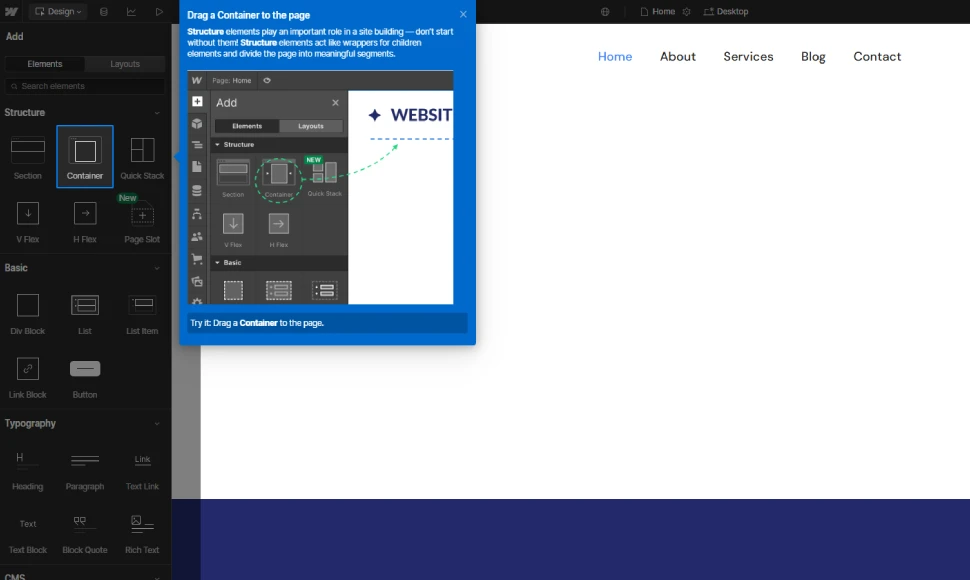Maximizing Engagement: Structuring Fishing Games for Deeper Learning
Table of Contents
Building on the foundational principles outlined in How Organization Enhances Learning and Fun in Fishing Games, this article explores how deliberate structuring of gameplay elements further deepens engagement and promotes meaningful learning. Effective organization provides the blueprint for enjoyable and educational experiences, but it is through thoughtful game design that players become truly immersed, motivated, and capable of transferring skills beyond the virtual environment.
1. Introduction: From Organization to Engagement Strategies in Fishing Games
While solid organizational frameworks establish the groundwork for effective learning, the next step involves structuring gameplay to sustain interest, challenge, and emotional investment. When developers craft layered, adaptive experiences, players are more likely to enter states of flow—a psychological condition linked to high engagement and intrinsic motivation. This progression from basic organization to dynamic engagement strategies transforms casual players into committed learners who find joy and purpose in the game.
Note: Developing structured gameplay that adapts to individual skill levels and emotional cues enhances not only enjoyment but also the retention of real-world fishing skills.
Contents
- The Psychology of Engagement: Why Structured Fishing Games Capture Attention
- Designing Progressive Challenges for Deeper Learning
- Integrating Narrative and Context to Boost Engagement
- Customization and Personalization as Engagement Catalysts
- Feedback Loops and Reinforcement for Sustained Engagement
- The Role of Social Interaction and Competition in Engagement
- From Engagement to Deeper Learning: Structuring Reflection and Self-Assessment
- Reconnecting with Organizational Principles to Maximize Learning and Fun
2. The Psychology of Engagement: Why Structured Fishing Games Capture Attention
Understanding the psychological drivers behind player engagement is critical for designing compelling fishing games. Central to this is the concept of intrinsic motivation, which stems from internal satisfaction rather than external rewards. When gameplay is structured to foster autonomy, mastery, and purpose, players naturally enter a state of flow, characterized by focused immersion and enjoyment.
For example, incorporating adjustable difficulty levels ensures players are neither bored nor overwhelmed, aligning challenges with their developing skills. This alignment leverages cognitive engagement by stimulating problem-solving and emotional engagement by creating a sense of achievement. Research from Csikszentmihalyi (1990) underscores that flow states are most easily achieved when challenges are balanced with skill, which well-structured fishing games can facilitate through adaptive mechanics.
Beyond basic organization, non-obvious factors such as visual aesthetics, ambient sounds, and narrative cues subtly influence sustained interest. These elements activate emotional responses and reinforce the player’s sense of presence, deepening engagement beyond mere mechanics.
3. Designing Progressive Challenges for Deeper Learning
Progressive challenges are vital in maintaining motivation and fostering mastery. Effective game design employs layered difficulty levels that adapt dynamically to the player’s performance, ensuring continuous growth without frustration. For example, a fishing game might start with simple lake fishing before gradually introducing river currents, weather variations, and rare species, each requiring refined techniques.
Balancing challenge and skill involves setting clear thresholds for success and failure, encouraging persistence. A well-structured progression subtly reinforces learning objectives; for instance, unlocking advanced gear only after mastering basic techniques promotes transfer of skills into real-world contexts. Studies in educational psychology confirm that scaffolding learning through incremental challenges enhances retention and competence.
4. Integrating Narrative and Context to Boost Engagement
Storytelling elevates engagement by creating emotional bonds and contextual relevance. Embedding quests—such as rescuing a stranded fisherman or competing in a regional tournament—mirrors authentic fishing experiences, making gameplay more relatable and motivating.
Structuring scenarios that reflect real-life fishing challenges—like navigating changing weather conditions or managing gear durability—provides meaningful context. This narrative depth bridges entertainment with education, allowing players to internalize fishing principles through immersive storytelling. For example, a quest to find a legendary fish might incorporate ecological education about local habitats, fostering deeper understanding.
Research indicates that stories activate neural pathways associated with empathy and memory, facilitating long-term retention of educational content. Thus, integrating narrative elements with game mechanics creates a powerful synergy for learning.
5. Customization and Personalization as Engagement Catalysts
Allowing players to tailor their fishing experience—such as selecting gear, environment, or personal goals—significantly enhances intrinsic motivation. Customization fosters a sense of ownership and relevance, encouraging players to invest time and effort.
For instance, a game might let players choose between freshwater or saltwater environments and customize their tackle boxes, aligning gameplay with their interests. This personalization not only increases engagement but also supports differentiated learning, as players focus on aspects most meaningful to them.
Maintaining a balance between guidance and freedom is essential; structured options can guide skill development without stifling creativity. For example, preset skill paths combined with open-ended exploration allow players to progress at their own pace, reinforcing motivation.
6. Feedback Loops and Reinforcement for Sustained Engagement
Immediate, meaningful feedback is a cornerstone of effective learning and engagement. Well-designed feedback mechanisms—such as real-time sound effects, visual cues, or progress indicators—inform players of their performance and motivate continued effort.
Reward systems that emphasize intrinsic motivation, like unlocking new skills or discovering rare species, promote sustained interest without over-reliance on extrinsic prompts such as points or badges. For example, discovering a secret fishing spot or achieving a personal best can serve as powerful reinforcers.
Structuring feedback to encourage exploration—like subtle hints or encouraging messages—helps players learn from mistakes and fosters a growth mindset, which is vital for long-term engagement.
7. The Role of Social Interaction and Competition in Engagement
Multiplayer elements—such as leaderboards, cooperative quests, or tournaments—foster community and social motivation. Structuring these features to balance competition and collaboration enhances engagement by appealing to diverse player motivations.
For example, cooperative fishing expeditions require teamwork and communication, deepening social bonds. Conversely, competitive challenges like timed tournaments stimulate a sense of achievement and friendly rivalry.
Leveraging social features—such as sharing catches or participating in community events—sustains interest over time, especially when combined with regular content updates and seasonal themes.
8. From Engagement to Deeper Learning: Structuring Reflection and Self-Assessment
Embedding reflection prompts within gameplay encourages metacognition—players thinking about their own thinking. For instance, after a successful catch, a prompt might ask, “What technique helped you catch this fish?”
Self-assessment tools, such as progress dashboards or skill trackers, allow players to monitor their development and identify areas for improvement. Connecting these tools to real-world fishing skills—like knot tying or habitat understanding—reinforces transferability of knowledge.
Research in educational psychology highlights that reflection enhances retention and promotes autonomous learning, making it a vital part of game design for deeper educational impact.
9. Reconnecting with Organizational Principles to Maximize Learning and Fun
In conclusion, structuring gameplay to promote engagement builds directly upon the organizational principles discussed earlier. Adaptive challenges, narrative depth, personalization, feedback, social dynamics, and reflection all serve as layers that deepen the learning experience.
Continuous refinement of these structures—guided by player data and feedback—ensures that fishing games evolve to meet diverse learner needs. When developers skillfully integrate these elements, they create immersive environments where fun and education reinforce each other, leading to sustained interest and meaningful skill transfer.
“Structured engagement strategies, rooted in solid organizational principles, are essential for transforming casual gaming into powerful learning experiences.”
For further insights into how organization underpins effective educational design in fishing games, revisit How Organization Enhances Learning and Fun in Fishing Games.
 +91 98792 74063
+91 98792 74063


